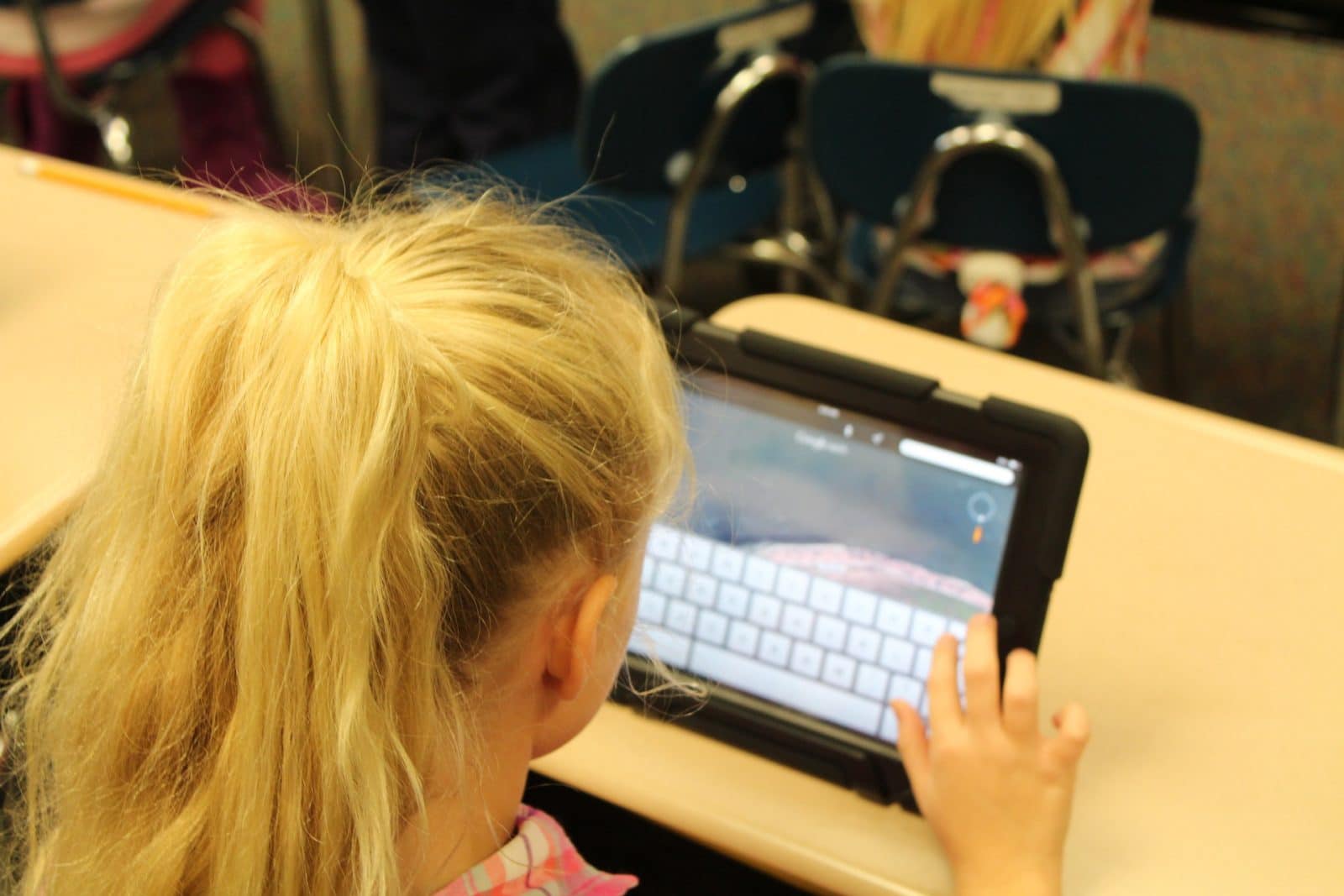Working on my last blog I found this video that I thought was very useful since it contained a lot of practical advice for parents on this relatively new sphere of parenting. I considered just sharing it with ScuttleBugs Parents, but the video is about one hour long and I felt many parents might not have the time to watch it through. So, I attempted to sum everything up in a 5 minutes read. Here it goes: an extract of the American Academy of Pediatrics professionals’ advice on what parents can actually do to improve their children’s media use and their development in the world of information.
Parents’ model role
Parents and caregivers define the meaning of the world for young kids. But kids are growing up in a world where we all use technology for so many parts of our lives. If we help define that we are using media in constructive and connective ways, the kids will grow up with this idea embedded in their knowledge base. While growing up and increasing media use, it’s important that children think of a media as of something they use as a tool to contact people and to create new things, not just something to consume and that they turn to when they’re upset.
There’s media and media
One of the speakers gives scary data from 2016 statistics about our media saturated society:
- 60% of parents said their children were addicted to their devices;
- 50% of teens admitted that they were;
- almost of 40% parents admitted they were addicted to their devices.
However, doctors and specialists distinguish between Broadcast media (like TV) where the use is passive adsorbing of information, and Interactive media like messengers used for communication or video games. Even within the same Social Media platform the use is very personalized depending on the user. The general idea is that passive use of technology is less beneficial than interactive use, and when the media is used for communication it is not considered screen time nor an activity to be limited.

What about the teaching process?
AAP states that technology can and should be used as a tool for learning at a reasonable age and in an interactive way. It can be a great additional tool to interact more with real life experiences, like field trips and connected topic apps, that parents too can have and participate in. The technology can be used to strengthen relationships, allowing teachers to engage more frequently and informally with families and even, for example, to connect with an ex class-mate or with a class-mate on vacation. Of course, this refers to school-age children and maybe older preschool-age children.
18+ !
AAP doesn’t recommend to introduce media to children younger than 18 months.
Their studies present evidence of an association between excessive early media use and developmental delays, sleep disturbance and obesity later on. Besides this, they demonstrate the absence of any benefit from using technology for children younger than 18 months. Lab based studies show that children under 18 months don’t acquire anything from watching 2-dimensional media. The theory is also that under 18 months, humans haven’t acquired symbolic thinking so they don’t understand that the symbol on the screen represents something in the real world. Also, under 30 months, children are likely to be attracted to audio and visual effects rather than understanding and following a story or content.
According to AAP, children as young as 18 months can learn some new things like new words from media, provided parents help them and train this new knowledge during the rest of the day. It is, however, not necessary by any means to introduce media that early: even if kids don’t interact with media until school age, they will catch up perfectly.
What does AAP advise parents to do?
- Track their family media time with a Family Media-use plan. Prioritize and be an example for teens to prioritize for themselves getting enough sleep, 1 hour of physical activity a day, doing homework without double-screening, setting aside some unplugged time, and consider the quality of the media used.
- Think about how they and their families can unplug and create undistracted time without sharing attention with devices - like device-free dinner or bedroom.
- Use digital devices together with kids, while interacting and co-viewing. Young kids between 18 to 30 months benefit from using the devices if the caregiver or parent helps them understand what happens on the screen. Even when media is used to connect with grandparents or other loved ones, infants and toddlers still need help to understand what is going on on the screen. So parents should limit media but also guide media time and share media time. Media can foster a dialog within the family, like discussing the cartoon, playing a game together or even finding information about a topic children are interested in or study at school.
- Encourage (non-digital) interactive play, social play, boredom (unstructured time) and times when your child’s brain takes the lead rather than the designer of the app.
In conclusion, one of the speakers also states that if the screen time of “another set of hands” while you do something urgent makes you a happier and more relaxed parent, ready and free afterwards to spend quality time with a child, of course there is no 100% prohibition from AAP. The main message is that excessive early media use is proven to be associated with negative outcomes though.

